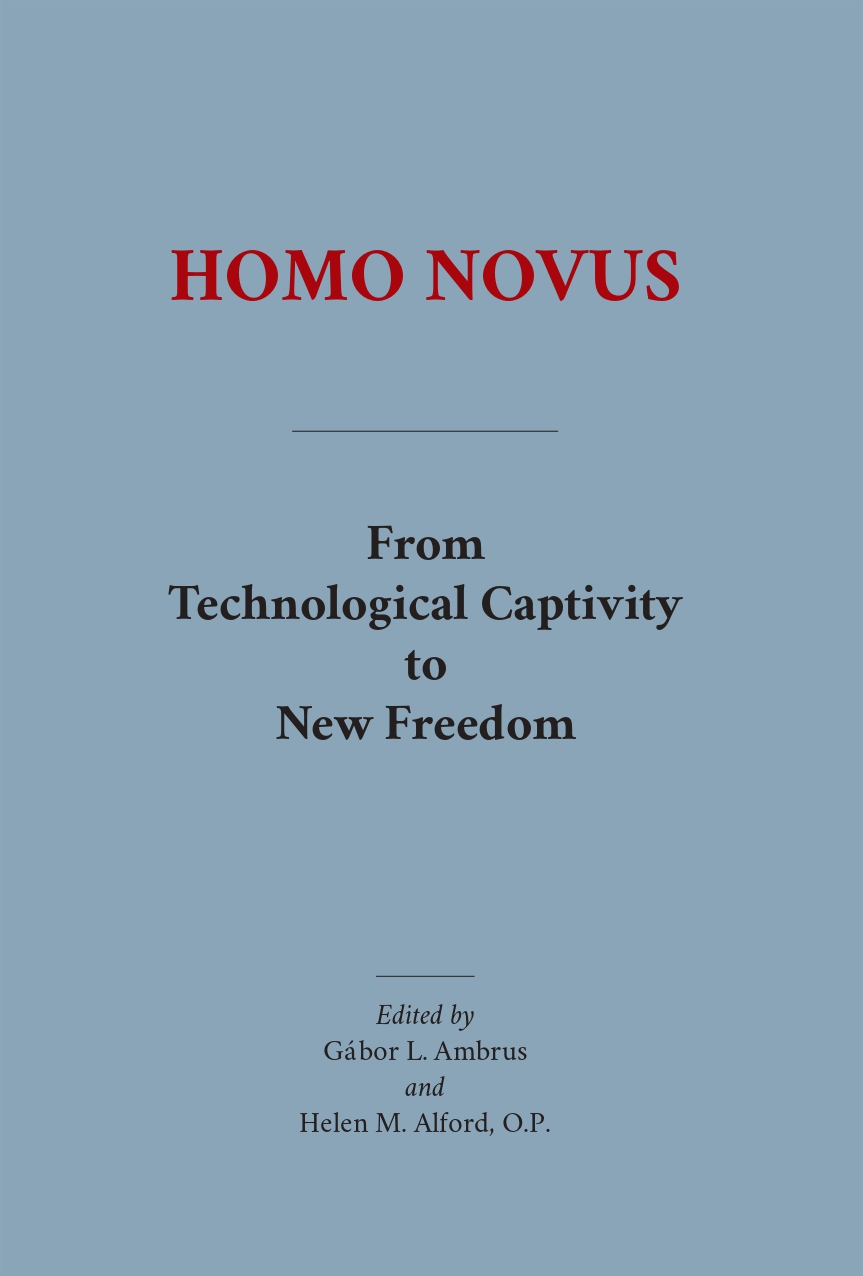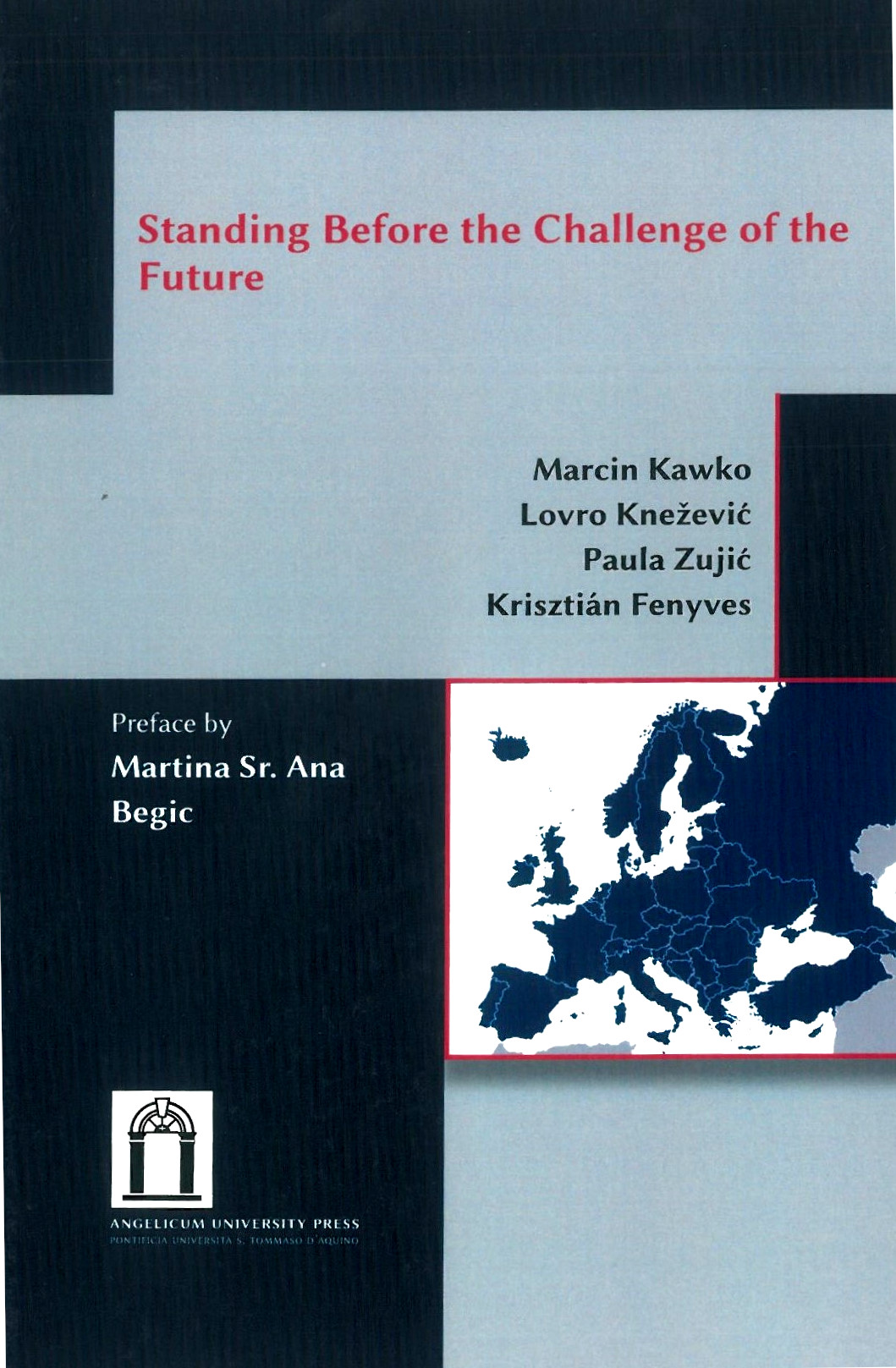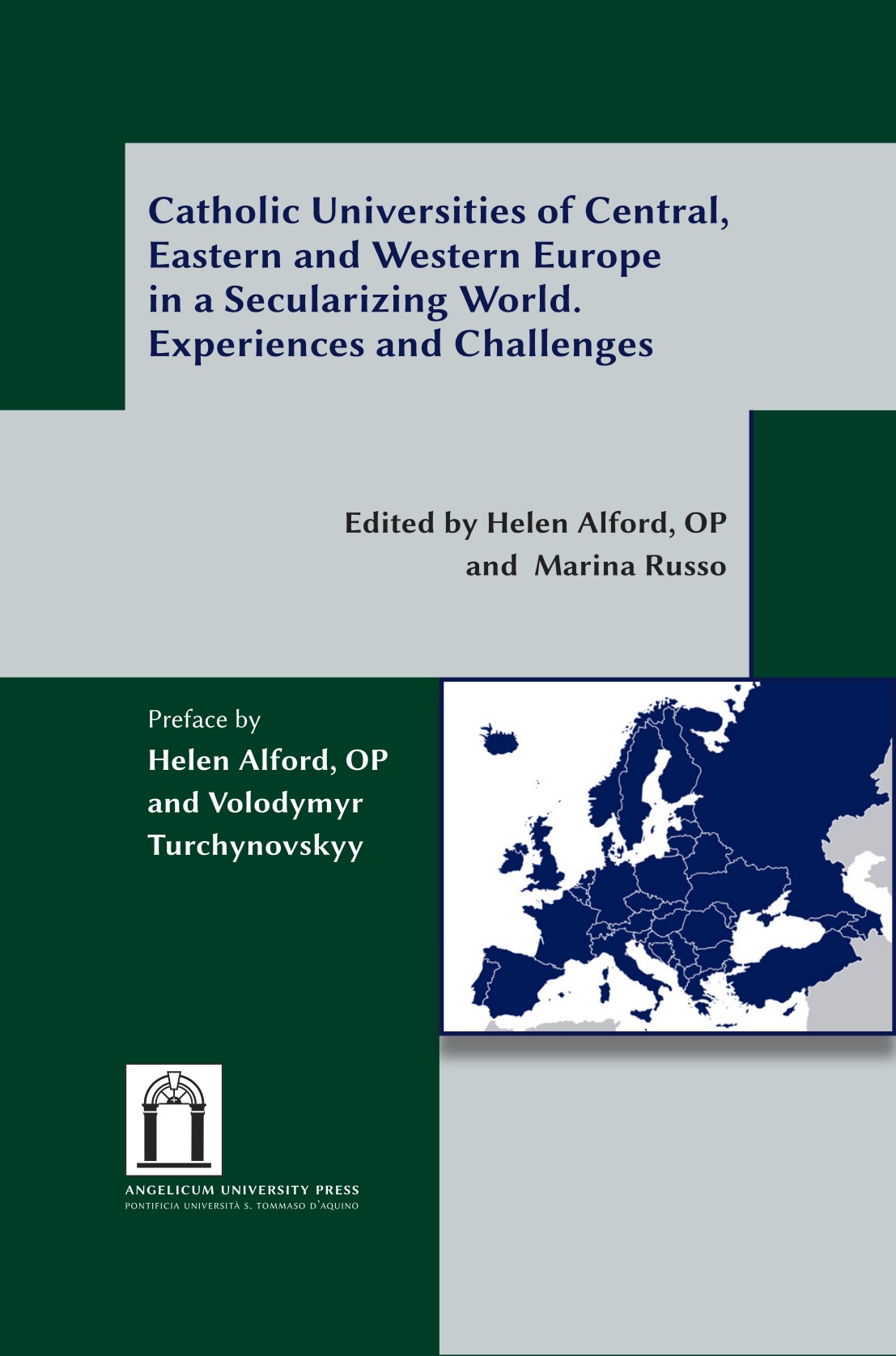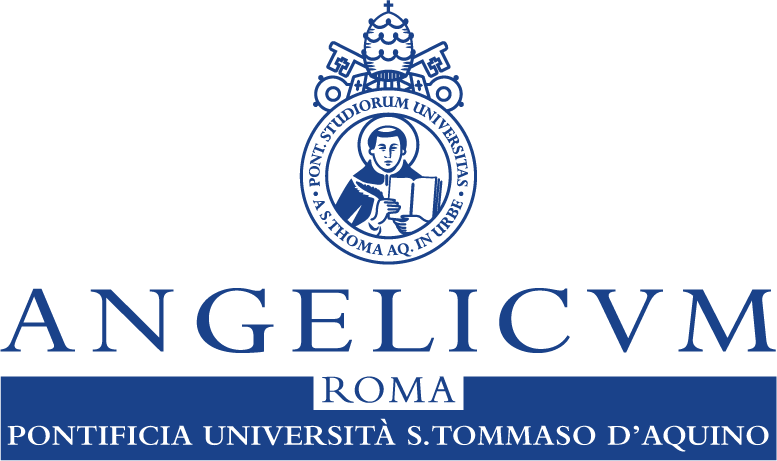Quantifying the Order of Charity: A Commentary on Catholic Social Thought and the Sustainable Development Goals
Tony Ernesto Persico
Introduction
This response offers a commentary on Fr. A. Barrera's short paper, Balancing Clashing Sustainable Development Goals with Catholic Social Thought’s Order of Charity. Fr. Barrera addresses the inherent tensions among the Sustainable Development Goals (SDGs) arising from limited resources. He proposes drawing on Catholic Social Thought (CST) to triage and sequence the SDGs, emphasizing the need for metrics to operationalize CST principles in practical decision-making.
The SDGs are deeply interconnected, with both synergies and trade-offs emerging across targets. Some goals reinforce one another—for example, clean energy (SDG 7) supports both health (SDG 3) and education (SDG 4)—while others may conflict due to resource constraints or policy tensions [1]. Nilsson et al. proposed a scale to classify these interactions, ranging from strongly synergistic to directly conflicting [2]. Further research has conceptualized the SDGs as a network, identifying goals such as reducing inequalities (SDG 10) as key connectors [3]. More recent methods also account for indirect interactions, revealing complex ripple effects that challenge siloed policy approaches [4][5].
In this context, Fr. Barrera’s proposal stands out for its integration of moral and social dimensions. This approach—what we might call quantitative social teaching—is poised to become a valuable reference point for future research on the relationship between CST and development issues. Its significance lies not only in the solutions it offers, which are undoubtedly valuable, but also in the depth of the questions it raises. At least three critical issues merit further reflection.
Contextual Issues
The formulation of the SDGs followed a predominantly quantitative, utilitarian approach: we are presented with 17 goals, 169 targets, and over 200 indicators. A metric was demanded, and the result is a veritable quantitative cathedral. Yet utilitarian ethics—at least in J. S. Mill’s original formulation—also included a qualitative dimension that allowed for a hierarchy of objectives [6]. This element, however, has been lost: within the SDG framework, there are no explicit priorities.
If this absence of prioritization were not problematic enough, it is worth noting that this year the Fourth International Conference on Financing for Development in Seville will define key elements of the global development policies needed for the coming decade—particularly regarding the financing of the SDGs. Some have already referred to it as the "Judgment Day" of sustainable development finance [7]. This makes the current discussion not only timely but perhaps even overdue.
Moreover, the United Nations reports that only 15% of the SDG targets are on track [8], and financing gaps continue to widen. Multiple crises have undermined poverty reduction and disrupted the growth trajectories of low- and middle-income countries, while donor fatigue weighs heavily on the international community. For example, the United States—the largest aid provider—is actively reducing its funding commitments. In this constrained context, the imperative to do more with fewer resources underscores the value of any framework that offers guidance on prioritization. While Fr. Barrera advocates for a quantitative framework, his proposal also surfaces a deeper, often overlooked question: the need to reintroduce a qualitative dimension that is conspicuously absent from the current SDG architecture.
Methodological Issues
The paper underscores the need for a balanced approach to addressing both immediate and long-term needs, advocating for a structured and ethically grounded framework. At its core, this challenge can be framed as a question of resource allocation: where should the money go first? This is essentially the same dilemma expected to dominate discussions at the upcoming Seville Conference. While various methodologies can inform such prioritization, Fr. Barrera raises the bar by proposing the definition of a minimum basket of goods and services—a viable moral floor—below which no one should fall.
This reframing shifts the focus from mere allocation to the determination of thresholds of sufficiency—for the poorest, for the broader population, and for future generations. It is a task that transcends the SDG framework and is both technically complex and politically charged. Several possible approaches could guide this process, including: (i) absolute and (ii) relative measures, such as the World Bank’s international poverty line [9]; (iii) a marginal approach, which seeks the highest return or impact per additional unit of investment [10]; (iv) non-predatory approaches, which reallocate resources without altering the existing ranking—a method commonly used in fiscal policies [11].
These elements inevitably introduce significant complexity, calling for methodological tools to manage it, such as: (v) analytical techniques for dimensionality reduction, which help simplify high-dimensional data without losing essential information [12]; (vi) pure microeconomic modeling, for instance, through ordered utility functions that rank preferences or needs [13]. Beyond these economic tools, further considerations must be given to non-monetary dimensions of well-being, including social inclusion, mental health, and environmental quality. These factors point toward a more political and philosophical terrain—exemplified by the work of A. Sen and M. Nussbaum on the (vii) capabilities approach, which highlights the multidimensional and dynamic nature of human well-being [14].
Such quantitative frameworks could play a crucial role in translating CST principles into practice, ensuring that ethical considerations are not only aspirational but also operational. For example, they could help in balancing poverty alleviation with climate mitigation. Yet, there is a fundamental trade-off between data richness and policy usability: as the number of social variables increases, data volume and complexity grow exponentially, potentially overwhelming decision-makers. The question of which methodological path to pursue—and under what normative assumptions—remains open.
Ownership Issues
The SDGs emerged from negotiations at the United Nations level, with relatively limited engagement from external stakeholders. While, as Fr. Barrera rightly observes, there is broad consensus on the goals themselves, significant tensions remain, and important gaps persist—particularly in underexplored areas such as demography (targets 3.7 and 5.6[1]) [15] and democracy (targets 16.6 and 16.7[2]) [16].
Barrera’s approach could offer a potential solution to the lack of ownership in the SDGs by advocating for greater stakeholder engagement in both the triage and operationalization processes. His framework fosters an order that prioritizes critical humanitarian emergencies, rooted in the principle of human dignity. Furthermore, it provides a method for critically reassessing elements of the SDGs that may not align with local sensitivities, utilizing the concept of subsidiarity as a guiding principle.
Another significant issue related to ownership and agency concerns the balance between generations, specifically in terms of temporal dynamics and the potential lags in policy implementation (i.e., some policy decisions take longer to fully materialize and address their underlying needs). As Fr. Barrera rightly points out, CST offers a powerful conceptual tool for balancing these conflicting instances. The concept of Human Integral Development ensures that the needs of all individuals are considered across every human dimension (Populorum Progressio, n. 14). It is also noteworthy that Gaudium et Spes (n. 70) defined the concept of intergenerational sustainability two decades before the United Nations' Brundtland Report.
Concluding remarks
Catholic Social Thought oscillates between phases of denunciation (e.g., Rerum Novarum, Sollicitudo Rei Socialis) and phases of prophetic proposal (e.g., Populorum Progressio, Caritas in Veritate) [17]. Under Pope Francis, we have witnessed both: the denunciation of an “economy that kills” and the emergence of a new, decentralized activism within the Church, epitomized by the Economy of Francesco initiative. This initiative includes a renewed call to promote bottom-up multilateralism, as highlighted in Laudato Deum (n. 38). A quantitative approach to CST could undoubtedly reinforce these efforts, providing a structured framework to operationalize these moral imperatives.
________________
References:
- Fuso Nerini, Francesco, Benjamin Sovacool, Nolwenn H. Hughes, Måns Nilsson, Oliver Chaturvedi, Javier Dorling, Felicia Kennard, et al. “Mapping Synergies and Trade-Offs Between Energy and the Sustainable Development Goals.” Nature Energy 3, no. 1 (2018): 10–15.
- Nilsson, Måns, Dave Griggs, and Martin Visbeck. A Guide to SDG Interactions: From Science to Implementation. Paris: International Council for Science (ICSU), 2017.
- Le Blanc, David. “Towards Integration at Last? The Sustainable Development Goals as a Network of Targets.” Sustainable Development 23, no. 3 (2015): 176–187.
- Nilsson, Måns, Elinor Chisholm, David Griggs, Philippa Howden-Chapman, David McCollum, Peter Messerli, Björn Neumann, et al. “Mapping Interactions Between the Sustainable Development Goals: Lessons Learned and Ways Forward.” Sustainability Science 13 (2018): 1489–1503.
- Xiao, Huijuan, Yue Liu, and Jingzheng Ren. “Synergies and Trade-Offs Across Sustainable Development Goals: A Novel Method Incorporating Indirect Interactions Analysis.” Sustainable Development 31, no. 2 (2023): 1135–1148.
- Mill, John Stuart. Utilitarianism-Ed. Heydt. Broadview Press, 2010. Chapter II ("What Utilitarianism Is").
- Nancy Lee, Center for Global Development. Community of Practice on Private Finance for Sustainable Development (CoP-PF4SD) Conference 2025.
- Sachs, Jeffrey D., et al. "Sustainable development report 2023: Implementing the SDG Stimulus." (2023).
- Atkinson, Anthony B. "Monitoring global poverty: Report of the commission on global poverty." World Bank, Washington (2017).
- Morton, Alec, Ashwin Arulselvan, and Ranjeeta Thomas. "Allocation rules for global donors." Journal of health economics 58 (2018): 67-75. See also, Paltiel, A. David, and Aaron A. Stinnett. "Resource allocation and the funding of HIV prevention." Handbook of economic evaluation of HIV prevention programs. Boston, MA: Springer US, 1998. 135-152.
- Jenkins, Stephen. "Reranking and the analysis of income redistribution." Scottish Journal of Political Economy 35.1 (1988): 65-76. See also, Di Caro, Paolo. "Decomposing personal income tax redistribution with application to Italy." The Journal of Economic Inequality 18.1 (2020): 113-129.
- Vyas, Seema, and Lilani Kumaranayake. "Constructing socio-economic status indices: how to use principal components analysis." Health policy and planning 21.6 (2006): 459-468.
- Kimball, Miles S., and Robert J. Willis. Utility and happiness. No. w31707. National Bureau of Economic Research, 2023.
- Persico, Tony E., et al. "Economics and humanity: Theory of development in A. Sen and the concept of human integral development." The Individual and the Other in Economic Thought. Routledge, 2018. 67-79.
- Beinlich, Ann-Kristin. "‘And you, be ye fruitful, and multiply’: Religious NGOs and the struggle over sexual and reproductive health and rights at the UN." Religious NGOs at the United Nations. Routledge, 2018. 64-83.
- Rioux, Rémy, Matthieu Trichet, and Jean-David Naudet. "The 18th SDG?: democracy, development and international assistance." The 18th SDG?: democracy, development and international assistance: Rioux, Rémy Trichet, Matthie Naudet, Jean-David. Paris, France: Éditions AFD, 2024.
- Bucciarelli, Edgardo, et al.. "The Christian ethics of socioeconomic development promoted by the Catholic Social Teaching." Journal of philosophical economics 5.Articles (2011).
[1] Target 3.7: "By 2030, ensure universal access to sexual and reproductive health-care services, including for family planning, information and education, and the integration of reproductive health into national strategies and programmes." Target 5.6: "Ensure universal access to sexual and reproductive health and reproductive rights as agreed in accordance with the Programme of Action of the International Conference on Population and Development and the Beijing Platform for Action and the outcome documents of their review conferences."
[2] Target 16.6: “Develop effective, accountable and transparent institutions at all levels”. Target 16.7: “Ensure responsive, inclusive, participatory and representative decision-making at all levels.”
 IT
IT  EN
EN 



















